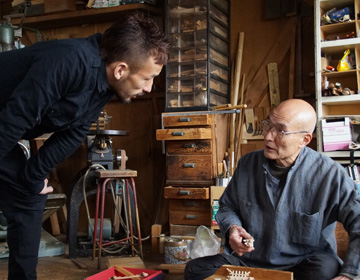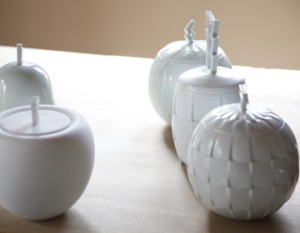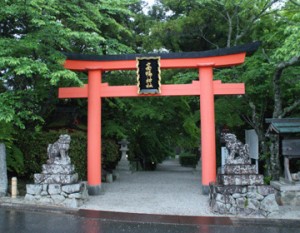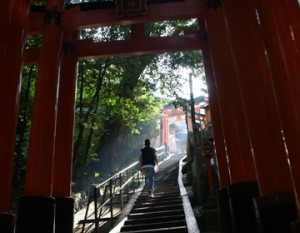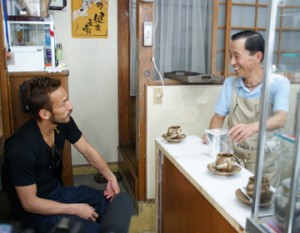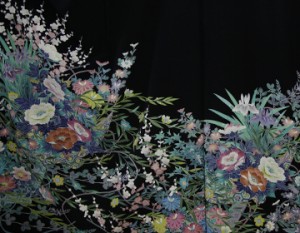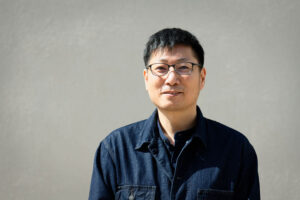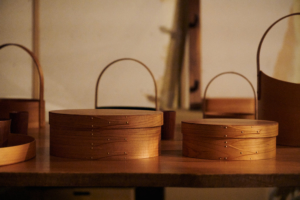The Yamagata Buddhist Altar with tradition in Yamagata
“Urushi” lacquer crafts were a major industry in the Murayama Basin in Yamagata Prefecture, the place being known for quality “urushi” lacquer. The abundance of quality wood resources made it flourish with woodcrafts as well. One of the wood crafts that remains today is the Yamagata Buddhist altar. It is characterized by the robust zelkova construction that does not use nails. In addition, precise sculpting, and the “kuden” with depth are also some of the characteristics. The black metal fittings and the “urushi” lacquer finish also gives them a stable and warm impression.
The art started in the mid-Edo period when a man named Kichibei Hoshino learned wood sculpting in Edo (present day Tokyo). He brought back his skills to Yamagata and started manufacturing handrails and Buddhist ornament crafts. He was joined by lacquer craftsmen, painters, metal workers, and other craftsmen, and the group started building Buddhist altars. That is said to be the origin of the Yamagata Buddhist altars.
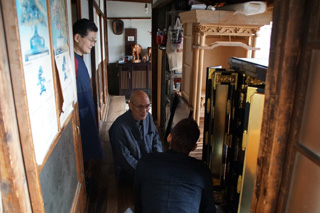
Also making furniture
Due this history, Yamagata Buddhist altars used to be made through division of labor. Even when they stated mass production in the Meiji-era, work was divided into woodwork, sculpting, metal fittings, lacquer, painting, inlay, foil stamping, and final assembly. Yoshitaka Saito, whom we interviewed, is a woodwork man. His job is to choose which material to use, and prepare the surface for building and painting. The beautiful wood grains so characteristic of Yamagata Buddhist altars is the woodwork man’s handiwork. “But there aren’t many craftsmen nowadays.“ said Saito. So in addition to his work as a woodworker, he doubles as a carpenter. A carpenter is the man who actually assembles the wood parts. It sometimes requires extremely detailed work, and requires trained hands. “Actually, a woodwork man does not build. There is supposed to be someone who specializes in roofs. Despite that, the work he showed us was accurate and detailed. He told us, “I don’t like to do things half heartedly.“ Woodwork and assembling require different skills, and we can imagine how difficult it must be to do both jobs with perfection. But Mr.Saito commented “Yes it’s a lot of work, but it’s really fun as well.“
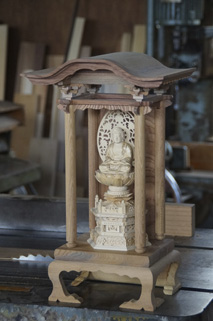
I have more to do in life
It was surprising enough to know he wore two hats, but Mr.Saito told us he sometimes takes on jobs from Shinto Shrines. He takes part in work for Mikoshi (portable shrines carried around the town at festivals). The topic came up when Nakata asked about differences in different Buddhist sects.
Of course, altars are different according to sects, and Mr.Saito told us how difficult it is to meet the different requirements. When Nakata asked him if he made anything related to Shinto, he relied “Other people tend not to do it, but sometimes I make Shinto items as well.“ he told us.
We asked “Buddhist sects require different designs. The difference between Buddhist temples and Shinto shrines must be even bigger.“ To which he answered, “Of course.“ The difference ranges from material wood to construction methods. “I’m wanting to build an all zelkova “inari” shrine.“ he told us. His face gleamed with joy as he described his plans. “I still have a lot do in life. Things get harder and harder as you learn more.” The master of Yamagata Buddhist Altar told us passionately.




